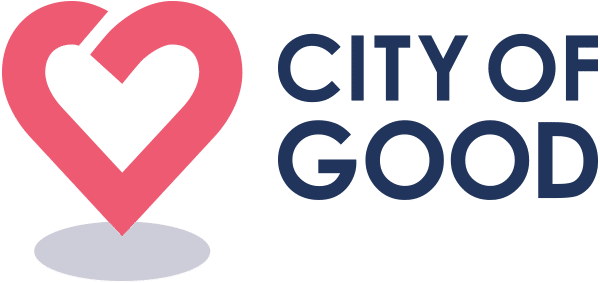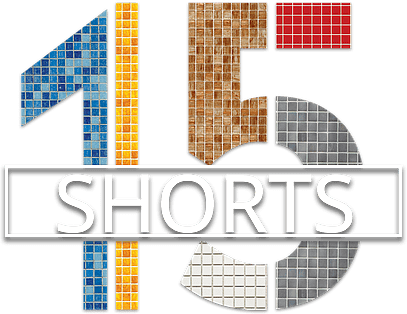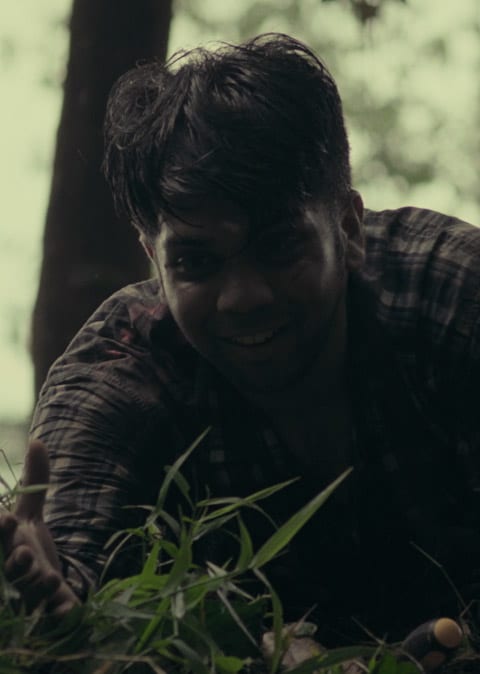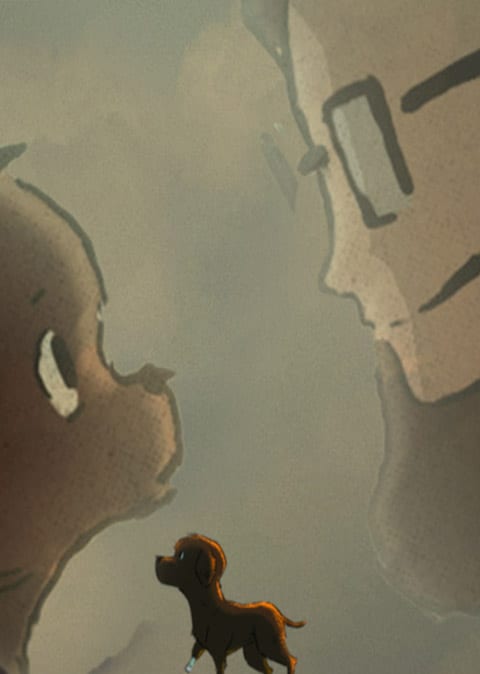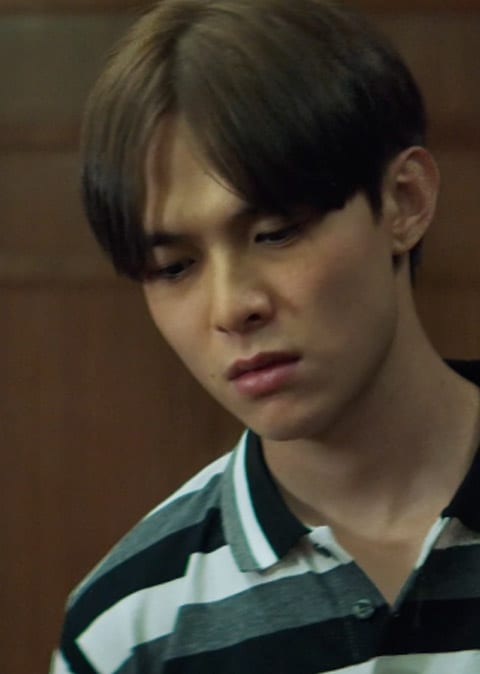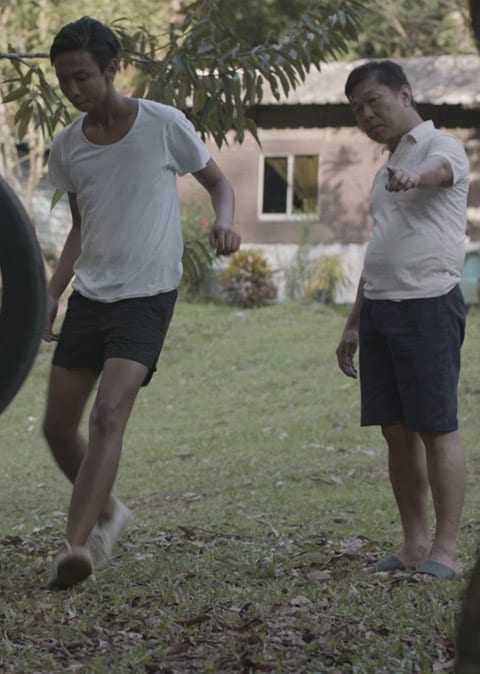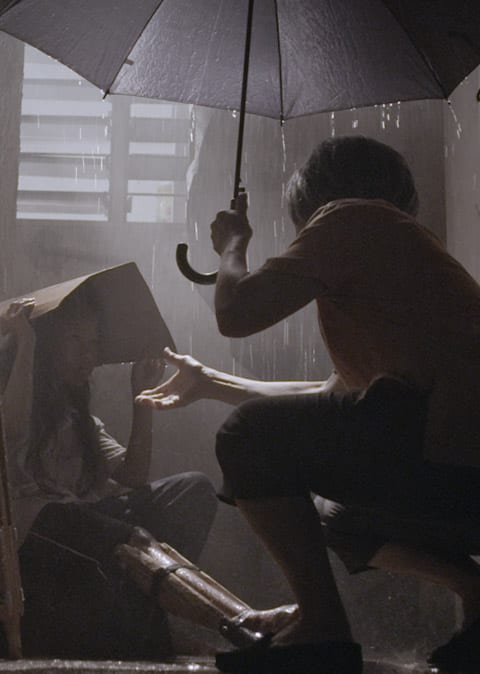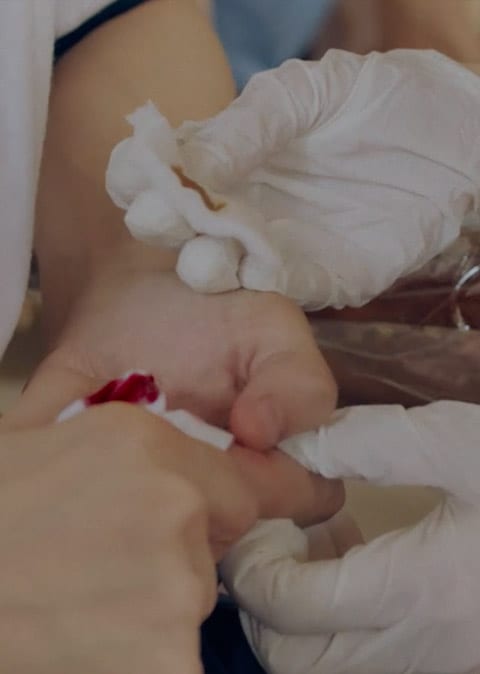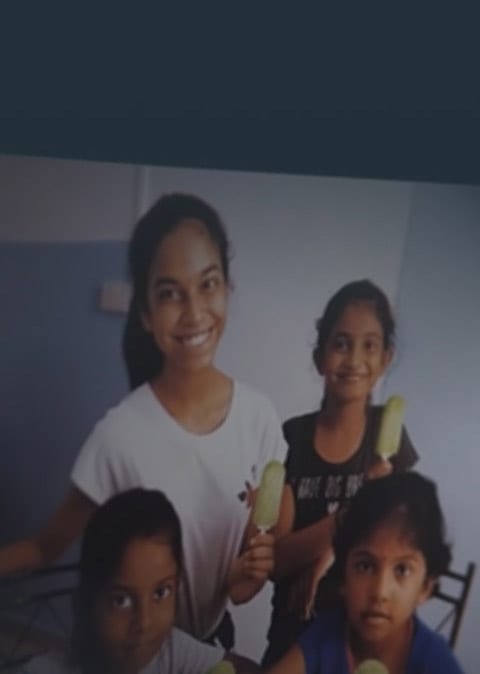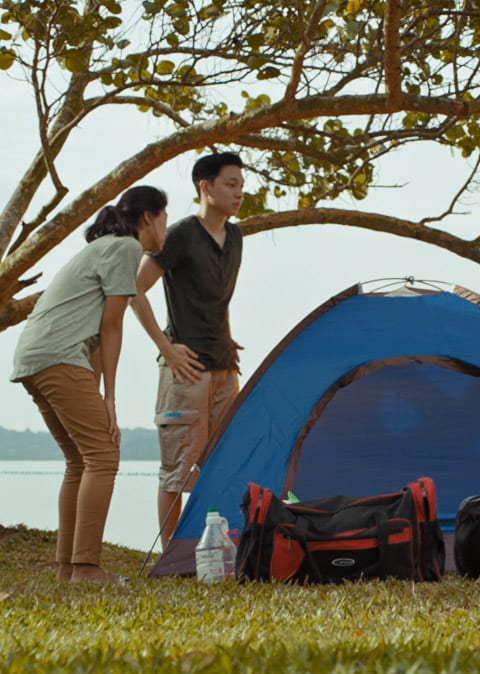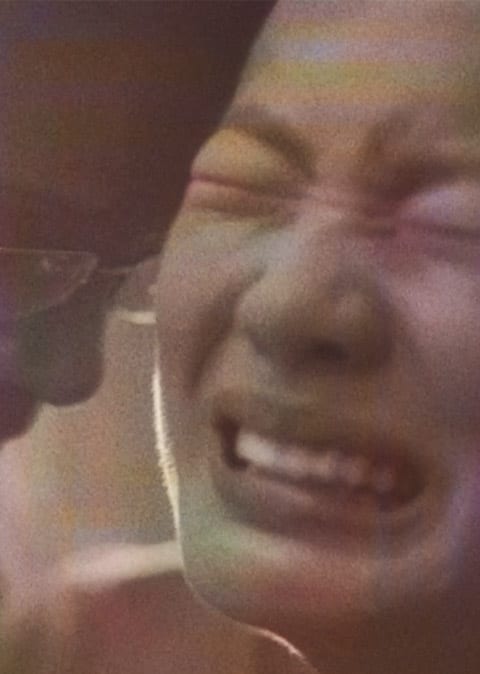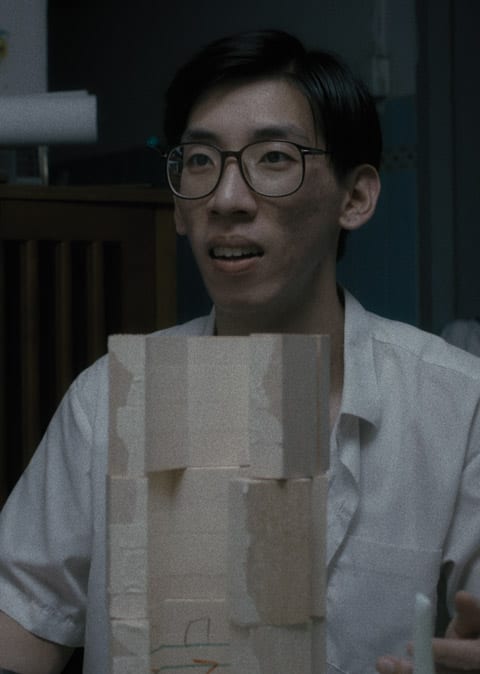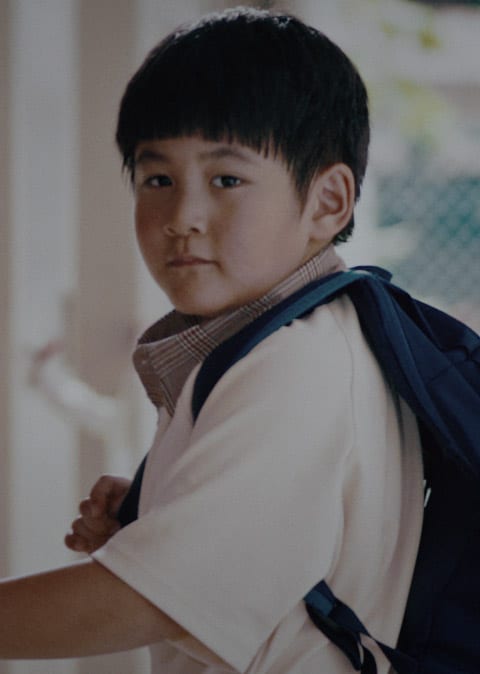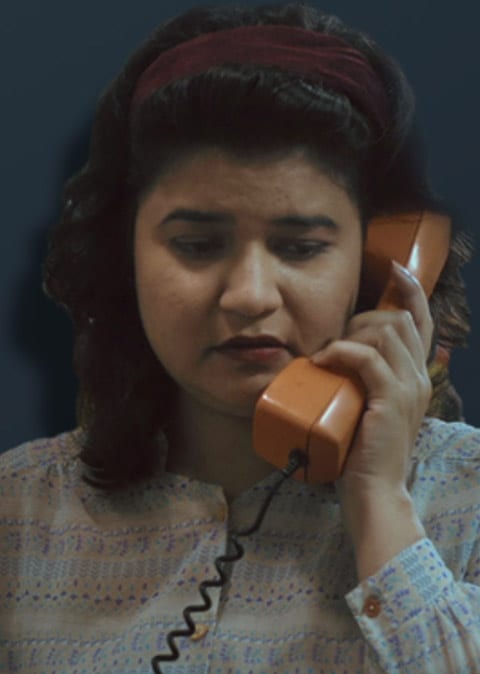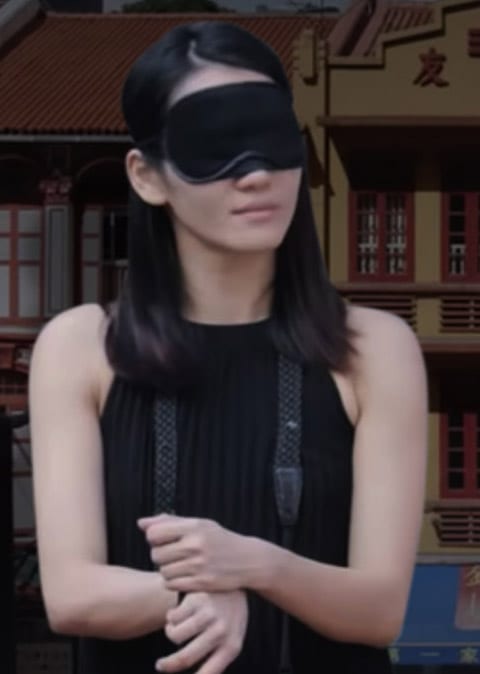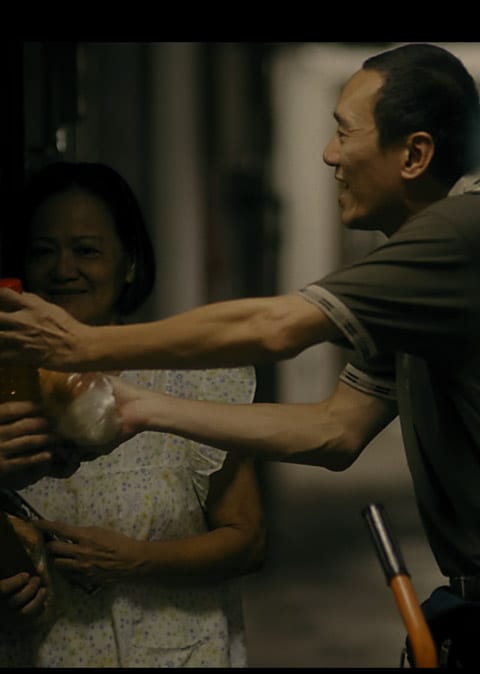In his new film ‘The Buddy’, 15 Shorts director Jason Lee shares how storytelling can uncover the lived experiences of people with autism.
Jason Lee is only 21 and has already chalked up four short films. “I’ve always been fascinated by make-believe,” says the bubbly NUS sociology major who aspires to be a filmmaker. His latest work is the beautifully-crafted The Buddy, produced by film veteran Daniel Yun, together with NVPC. Released over Chinese New Year, the 17-minute film chronicles the true story of a friendship between an autistic child and his classmate, and is dedicated to Autism Association (Singapore). The Buddy is part of the 15 Shorts charity initiative which gathers local filmmakers to tell stories of everyday Singaporean heroes.
We chat with Jason about his experience, and his views on cause storytelling.
Tackling the issue of childhood autism, ‘The Buddy’ is part of NVPC and Blue3Asia’s 15 Shorts film initiative.
What was it like working on 15 Shorts, a non-profit film initiative?
Jason Lee: There’s this thinking that when you work on commercial projects, you must always listen to the client. I have to say that NVPC gave me a lot of freedom and room to play. The breadth of content that came out of the 15 Shorts film project has been very wide, from autism, to homelessness, to migrant workers.
What was the most surprising thing you learnt when making The Buddy?
JL: When interviewing Madam Nashita, the real-life teacher of Tam [the film’s child protagonist, who has autism], I was surprised to learn about how little understood autism was in the 1990s. The kids then were assumed to be “naughty” or “mischievous”. We tried to reflect this in The Buddy – that the teachers, while well-meaning, just didn’t pick up on the signs.

Jason Lee on the set of ‘The Buddy’. Jason interviewed parents and a psychiatrist when researching the film.
What message did you want to bring across in The Buddy?
JL: A psychiatrist told me that autism exists on a spectrum – so, everyone is a little autistic to a certain extent. I strongly feel that people with autism are like us, are part of our society, and have a role to play in building Singapore. We should not label them as special. So when directing the actor who played Tam, I was careful never to tell him that he was playing someone with autism. I didn’t want him to unconsciously play out stereotypes or to “act autistic”. When you watch the film, the portrayal of Tam’s difference is not exaggerated or contrived.
What role do storytellers have in creating a more giving Singapore?
JL: A huge role. There are many campaigns out there now to “raise awareness” of a cause. They often take a top-down approach, telling people what the issues are. But I feel the best way to start a conversation is to show, not tell. As storytellers, we have a responsibility to immerse people in someone else’s lived experiences so they understand. In The Buddy, you see Hidayat’s frustration with his friend Tam during the captain ball’s scene. You also see how he copes together with Tam. These are the realities of autism and its caregivers that I wanted to capture.

‘The Buddy’ revolves around the friendship between a boy and his autistic friend.
Any tips for non-profits who want to work with creative talent?
The most important thing for a creative person is that he will not plainly tell others how to think about an issue. He will want to consider how people can experience and feel the issues for themselves. Give him some room to do that.
“The Buddy” can be viewed on www.15shorts.com and Youtube. 15 Shorts is a charitable film initiative between NVPC and local film company Blue3Asia, in support of SG Cares. It gathers 15 local filmmakers to tell stories of everyday Singaporean heroes, aimed at inspiring acts of giving. The first five films have been launched, and the remainder slated for release until 2019. Contact [email protected] if you are keen to use the films.
